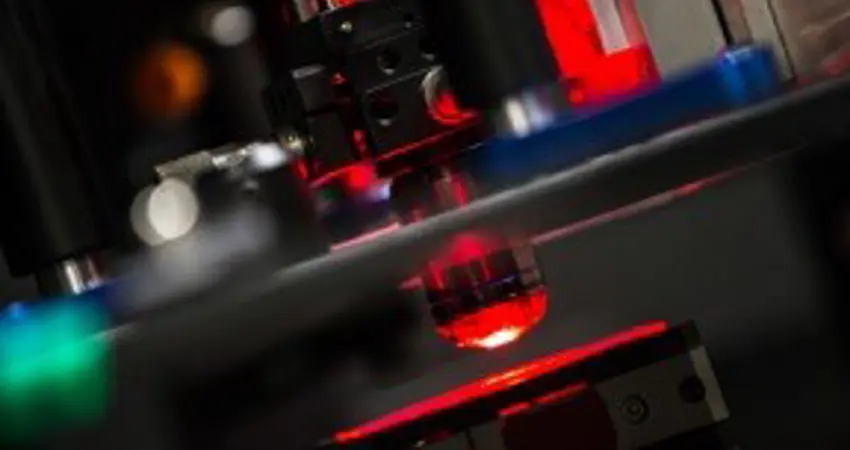09 Jul 2018
New technology addresses risk of tampering and counterfeiting in the diamond sector
Opsydia, a Department spinout, has unveiled ground-breaking new technology that will help address the risk of tampering and counterfeiting in the diamond sector.

Using high precision lasers, Opsydia can make tiny marks, less than 1/50th of the size of a human hair, below the surface of diamonds. Unlike current industry standard security marking on the diamond surface, these marks sit within the stone so cannot be polished off economically. Also, they can be so small that they have no effect on the grading or quality of the gems.
Opsydia is confident that its laser marking can be adopted more widely in the jewellery industry to increase security and confidence in the quality and provenance of stones. “Our laser technology can transform security in the diamond industry and support industry initiatives to prevent counterfeiting and tampering,” said Andrew Rimmer, Opsydia CEO.
Developed within the Department’s Dynamic Optics and Photonics group under Professor Martin Booth and Dr Patrick Salter, Opsydia’s technology uses laser pulses shorter than one trillionth of a second in length, shot over a million times per second, to create tiny lines which can be written as numbers or logos within the diamond. These are invisible to the human eye, but can be viewed via a microscope.
The group’s research at the Department covers various areas of optical microscopy, laser machining and adaptive optics - this work has contributed to scientific and industrial applications ranging from biological imaging and neuroscience to quantum optics.
Opsydia’s technology can also be used to securely mark any translucent material, such as plastics and polymers, and the company also envisages future applications writing electrical circuits within industrial diamond to create advanced sensors.
This work was recently featured on the BBC website: 'How do you know your diamond isn't fake?'




